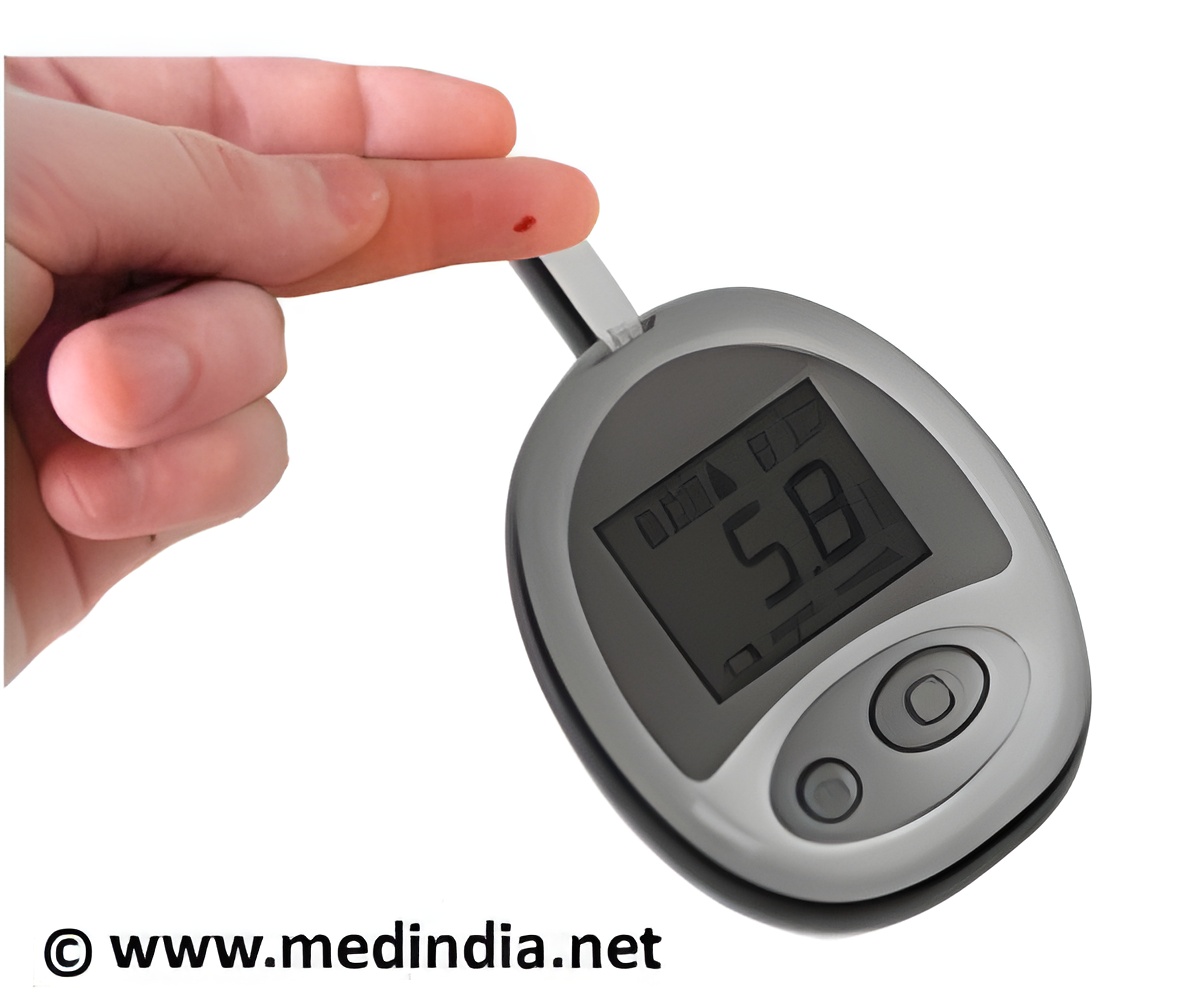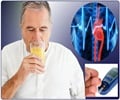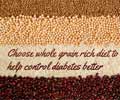
"The higher levels of these lipids seem to be associated with positive outcomes in mice and humans," said Barbara Kahn, a professor at Harvard Medical School.
Lipids, like cholesterol, are typically associated with poor health. But in recent years, researchers have discovered that not all lipids are bad for you, such as the much touted omega-3 fatty acids that are found in fish oils. The newly discovered lipids, called fatty acid hydroxy fatty acids, or FAHFAs, were lower in humans with early stages of diabetes and were much higher in mice resistant to diabetes.
Once FAHFAs were identified as being the lipid that was different between normal mice and these diabetes-resistant mice, the reseacrhers found something else important: when the mice eat FAHFAs, blood sugar levels dropped and insulin levels rose, indicating the potential therapeutic value of FAHFAs.
To determine whether FAHFAs are also relevant in humans, the team measured FAHFA levels in humans who are insulin-resistant (a condition which is often a precursor to diabetes) and found that their FAHFA levels were lower in fat and blood, suggesting that changes in FAHFA levels may contribute to diabetes.
These combined effects make the therapeutic potential of the lipids tremendous, said the researchers. Besides, existing in low levels within a wide range of vegetables, fruits and other foods, FAHFAs are also-unlike the other known beneficial lipids-produced and broken down inside the body. Potentially, new drugs could target the pathways that make or break down lipids to control FAHFA levels.
Advertisement
Source-ANI














